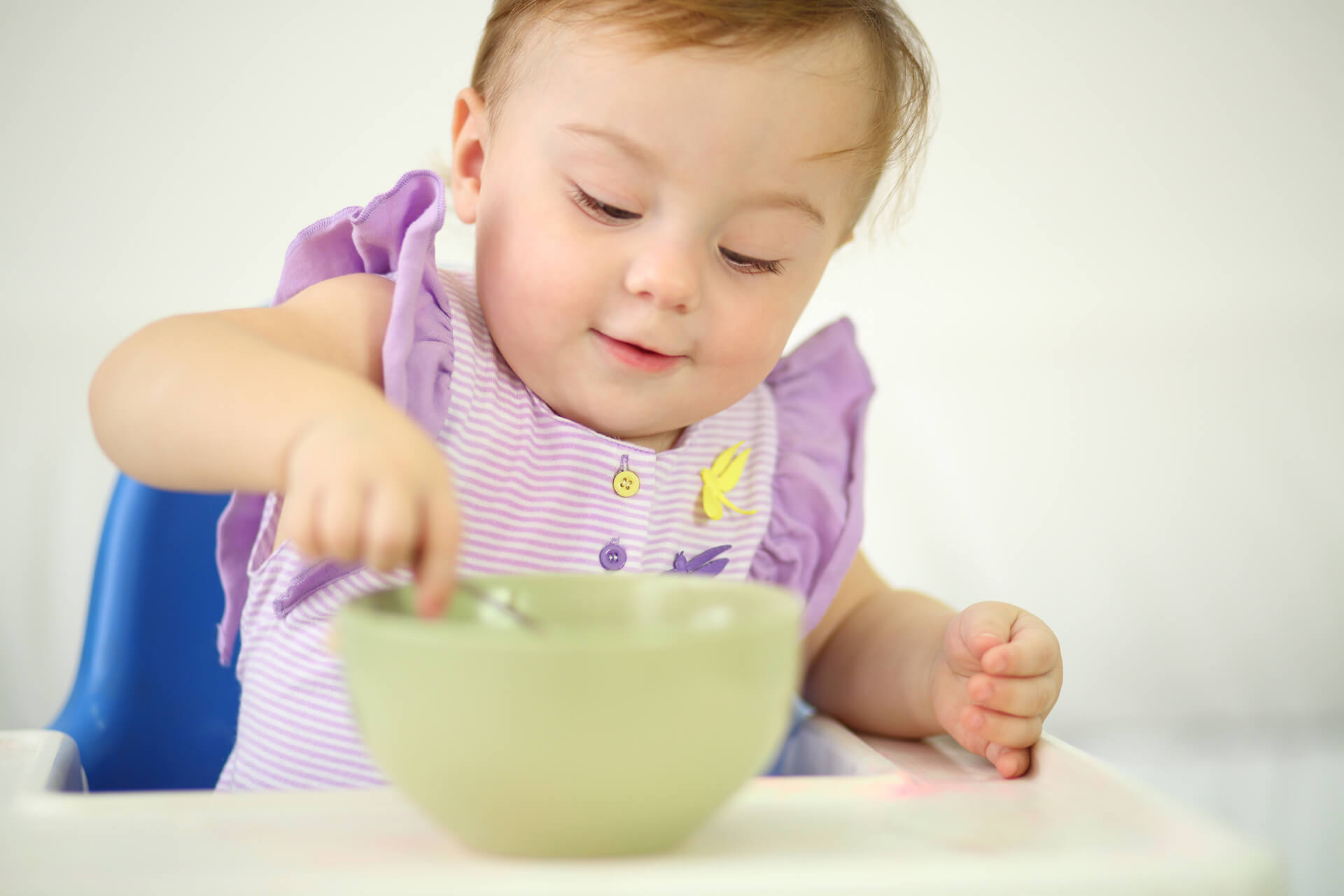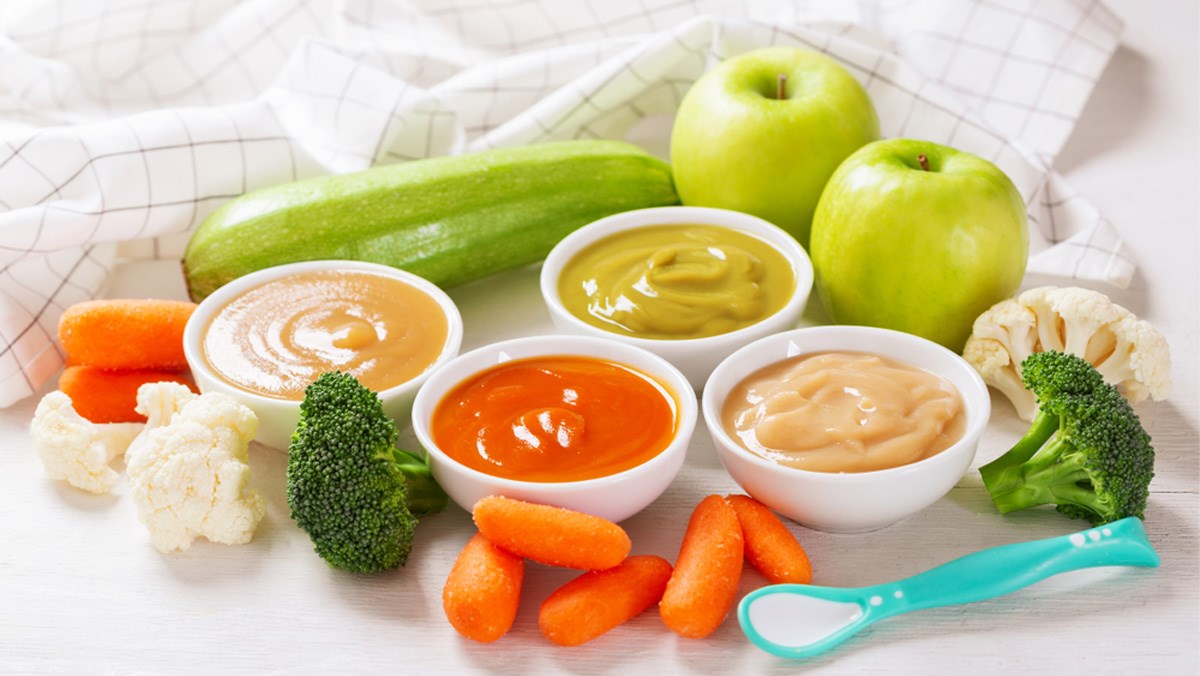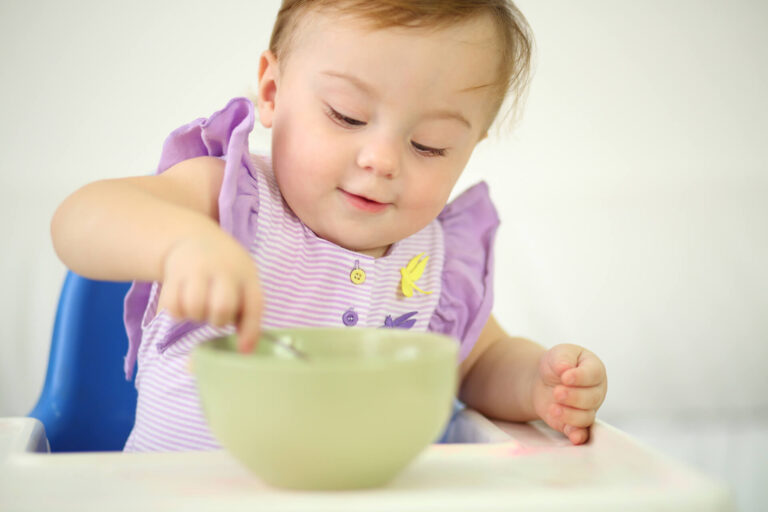.tdi_43.td-a-rec{ text-align: center; }.tdi_43 .td-element-style{ z-index: -1; }.tdi_43.td-a-rec-img{ text-align: left; }.tdi_43.td-a-rec-img img{ margin: 0 auto 0 0; }@media (max-width: 767px) { .tdi_43.td-a-rec-img { text-align: center; } }
This is likely a question many parents are concerned about during their child’s early years. Let’s explore baby-led weaning with KidsPlaza in the article below!
1. What is Baby-Led Weaning?
Baby-led weaning refers to supplementing breast milk or formula with other nutritious foods. Baby food typically includes vegetables, meat, fish, dairy, eggs, etc. The amount of food and the number of meals per day (1, 2, or 3) will depend on the baby’s age.

2. At What Age Should Babies Start Weaning?
When your baby turns six months old, you can begin introducing pureed fruits and vegetables, starting with one meal a day. Breast milk or formula should remain the baby’s primary source of nutrition.
Starting at seven months, your baby can transition to 2-3 meals of baby food per day. The variety of foods can be expanded to include fruits, vegetables, eggs, meat, dairy, and fish. Parents can choose from various weaning methods, such as traditional weaning, baby-led weaning (BLW), etc. KidsPlaza offers suggestions for these approaches.
3. Suggestions for Weaning Methods
- Japanese Baby-Led Weaning: Provides babies with all three food groups: vitamins, protein, and carbohydrates. Foods are typically steamed or boiled, then cut into small pieces for the baby to pick up and self-feed. Occasionally, foods can be pureed and gradually thickened with age.
– Advantages: Encourages early familiarity with a variety of foods, promotes interest in eating due to self-feeding, and allows babies to experience the natural flavors of food.
– Disadvantages: Parents need to prepare visually appealing meals and offer variety frequently.
- Traditional Weaning: Starting at six months, babies are introduced to purees made from blended vegetables, fruits, meat, and fish.

Advantages: Saves parents time because the dishes are easy to prepare and are gentle on a baby’s digestive system.
Disadvantages: May not be as engaging for the baby, limiting opportunities for developing chewing and grasping skills.
- BLW – Baby-Led Weaning: Parents prepare a variety of baby foods and present them to the baby, who decides what to eat and when. All foods are cut into long, small pieces suitable for grasping.
Advantages: Babies may transition to more textured foods faster and develop greater independence in eating.
Disadvantages: Parents need to prepare a greater variety of foods and offer many choices at mealtime.
4. How Much Should Babies Eat?
- 6–7 months old: 100–200ml of food per meal. Suggestion: finely pureed or thinned foods
- 8–9 months old: 200ml of food per meal, 2–3 meals per day. At this age, babies can eat thicker purees and finely chopped, well-cooked foods.
- 10–12 months old: 200–250ml of food per meal, 3 meals per day. Foods should be cut into long, graspable pieces.
- 12–24 months old: 3 meals of baby food per day, 250–300ml per meal. Foods should be cut into long, graspable pieces. Introduce age-appropriate eating utensils like spoons, forks, and bowls.
- Children 24 months and older can eat family meals.
We hope this KidsPlaza article has answered your questions about baby-led weaning! Follow the KidsPlaza blog for more parenting tips!

